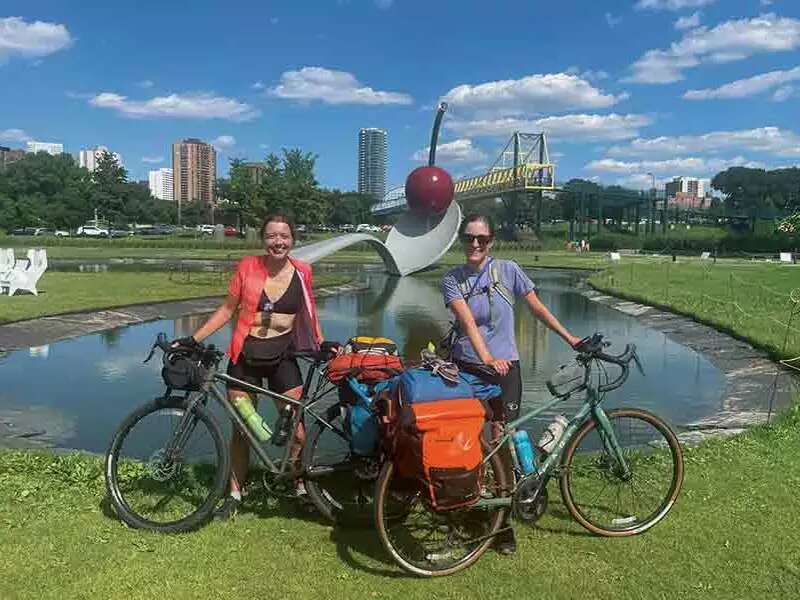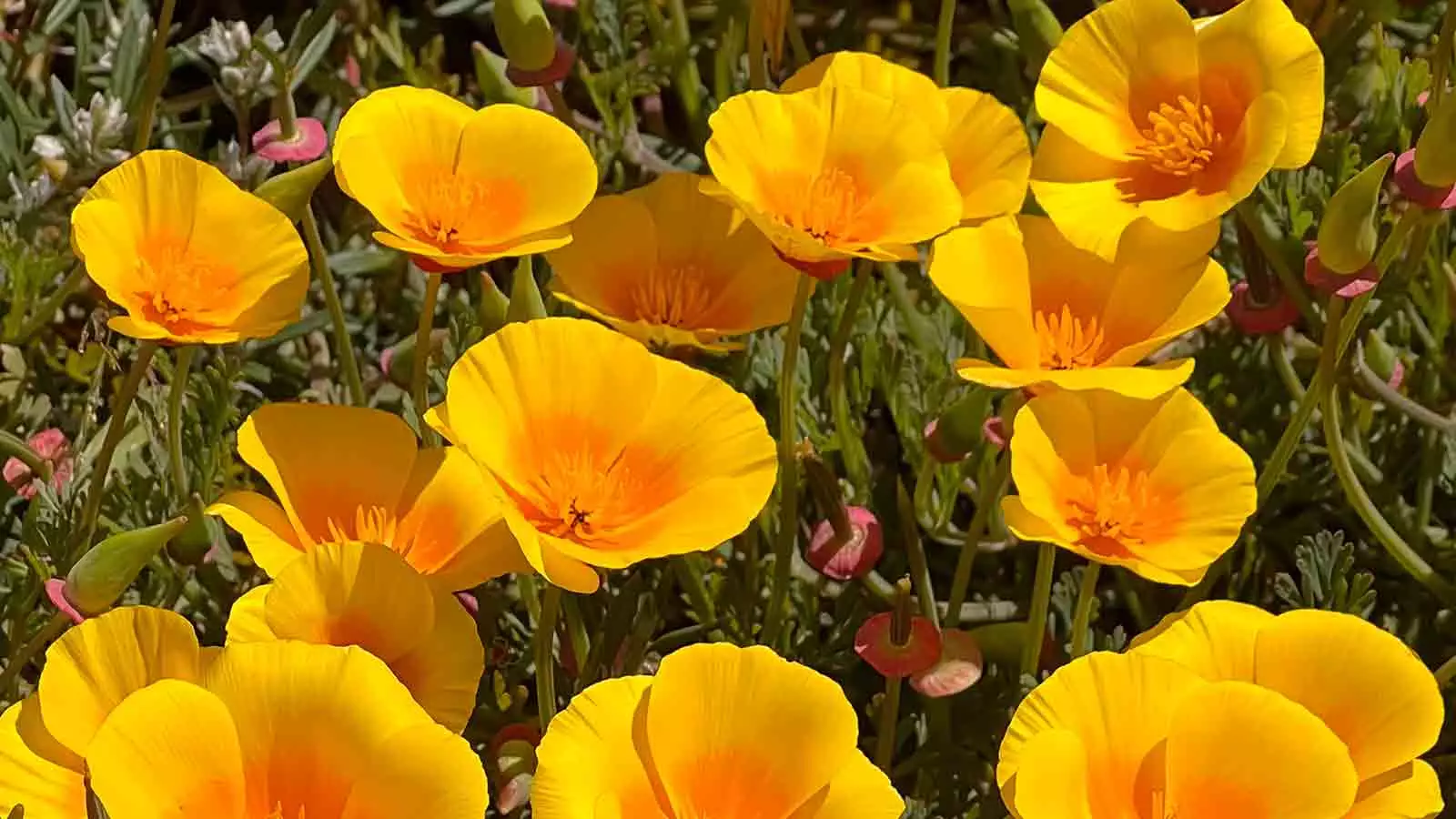
What one alum learned from biking cross-country with a former Barnard roommate

As a biology student at Barnard, and later at Columbia for my doctorate, I spent hours in the lab immersed in the discoveries that molecular biology fueled in the 1980s. Throughout my career, I’ve held roles that supported science and education in academia, scholarly publishing, and philanthropy. Recently retired, I decided to recommit to my love of science and education with a new identity, as a California naturalist.
California naturalists are certified via a statewide program run by the University of California. Now that I’m able to commit more time, I volunteer giving public tours in a variety of natural settings in the San Francisco Bay Area. Together with many individuals and organizations, I also work to restore natural habitats and increase access to nature.
In the aftermath of the destructive fires, droughts, storms, and floods that we’ve seen in California and elsewhere, nature continues to surprise us with its resilience, as it has with “superblooms” of native wildflowers following a stormy winter and the regrowth of the forest understory after a fire. The golden California poppy (Eschscholzia californica), for example, has exploded with color this spring, sustaining its blooms well into summer. California’s state flower, the poppy has been popping up in unexpected places after the dramatic winter storms and an unusually chilly spring. Bursts of color appear in unkempt planters on decks, under street trees where dogs relieve themselves, and along roads too dangerous for humans to tend.
To me, these abundant yet fragile flowers symbolize renewal and resilience. I’m reminded that while nature can adapt to environmental changes, its adaptive capacity is limited. If we want to see the poppy thrive, then we need to do more to restore native habitat and protect biodiversity so that nature can renew itself and flourish. Only then can we ensure that all people have the opportunity to enjoy and thrive with nature.
I’m continually awed by the beauty and grace of the California poppy and the nature around me, whether in the city or in a more natural landscape. I hope others will also notice this tenacious yet fragile flower. It doesn’t open if the skies are overcast. Its colors vary from creamy yellow to reddish orange, and its pods are packed with little black seeds, which can be blown by the wind along with its paper-thin petals.
The poppy gives me hope that we can and will do better, with our laws, policies, and individual behaviors, to take care of nature and, in turn, of each other.
Helen J. Doyle ’84, Columbia Ph.D. ’89, is a San Francisco-based educator, writer, and California naturalist.